PART 4 – FAQ
I received some great feedback from our readers on our recent Hotel Bathroom Pods and Full Modular Guestrooms newsletters, which sparked a lot of new dialogue and questions. I thought it would be helpful to our readers to collect these questions and formulate a hotel modular construction FAQ list. Below is a collection of these questions and our responses:
1. Is modular right for my project?
There are a couple of questions we recommend reviewing to determine if your project is a good fit for modular.
- Can my desired guestroom bay widths be accommodated with modular?
- Am I in a high-priced labor market?
- Am I in an urban environment where construction may be a major disruption?
- Do I want to fast track the construction schedule for this project?
- Am I going to build a ground floor podium on my project even if I use traditional construction?
If you answered yes to any or all of the questions above, then it’s likely modular could be a good fit.
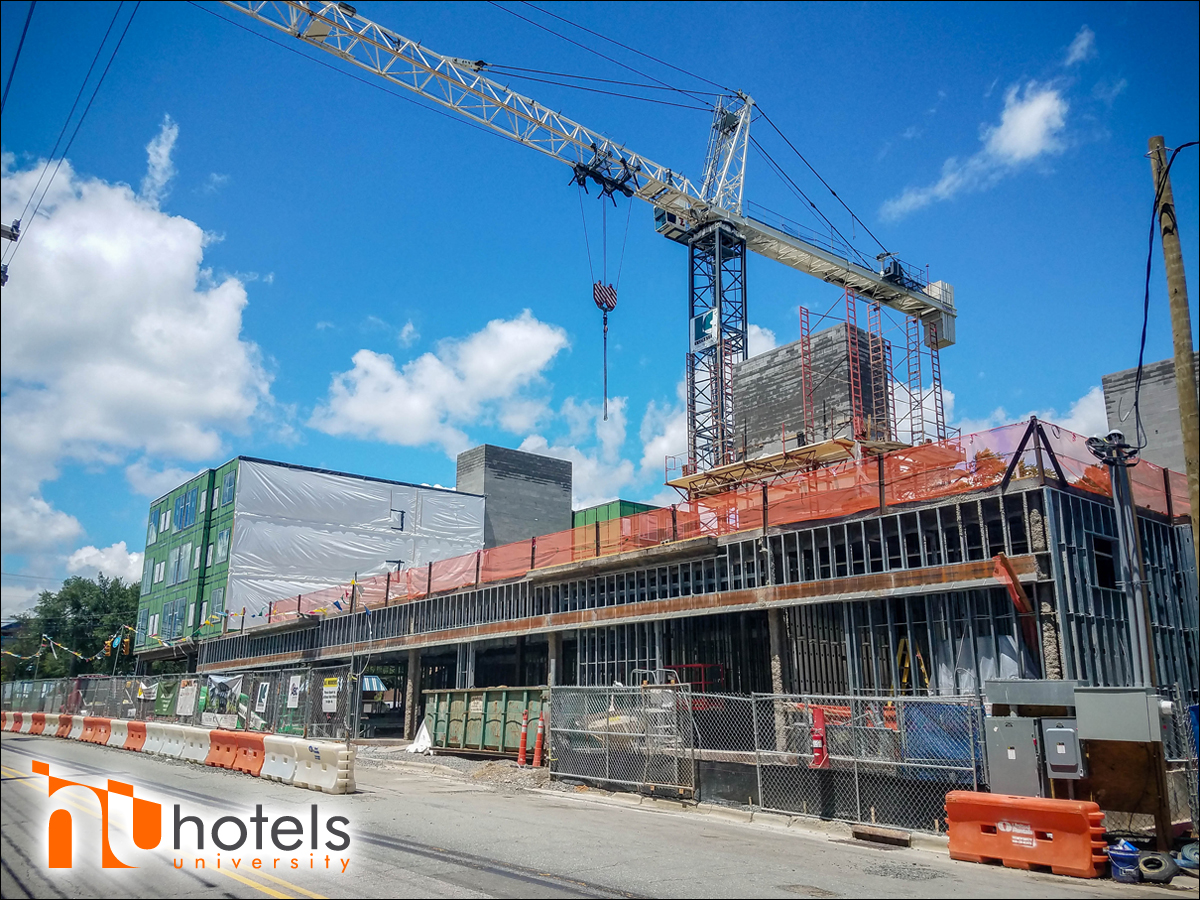
2. Do I need a specific type of GC to build a modular project?
This is not a requirement, but something we highly recommend. Modular projects have some very unique challenges compared to traditionally framed projects and working with a contractor who is experienced with these will save you a great deal of time, money and headaches. Modular construction in the hospitality sector is still very new and with that comes likely setbacks. The entire project team, including the GC, subs, and design team, must have a team-focused approach to tackle these head on and early to avoid delays in the overall schedule.
3. When should I make the decision to go modular?
The earlier the better. Modular projects require an entirely different design mindset and will be designed differently than a traditional project. For that reason, it is important to discuss this with your A/E team early. If the decision to go modular is made too far into the process, it is likely that any time saved by modular will be lost in redesign time.
4. Do I still need an architect and S/MEP Engineer with modular?
Yes. Architect and S/MEP Engineering firms like Base4 have a very important role in modular construction projects, and we would encourage you to use design firms that are familiar with modular construction. Due to the extra effort required in coordination, their efforts on these types of projects increase in comparison to traditionally designed projects. A modular manufacturer will prepare plans outlining the specific design of the modular boxes. However, it is the responsibility of the architect and engineers to take these plans, coordinate them with all the other disciplines, and design an overall structure that meets adopted building codes. They will also be responsible to act as the Architect and Engineers of Record for the entire building design.
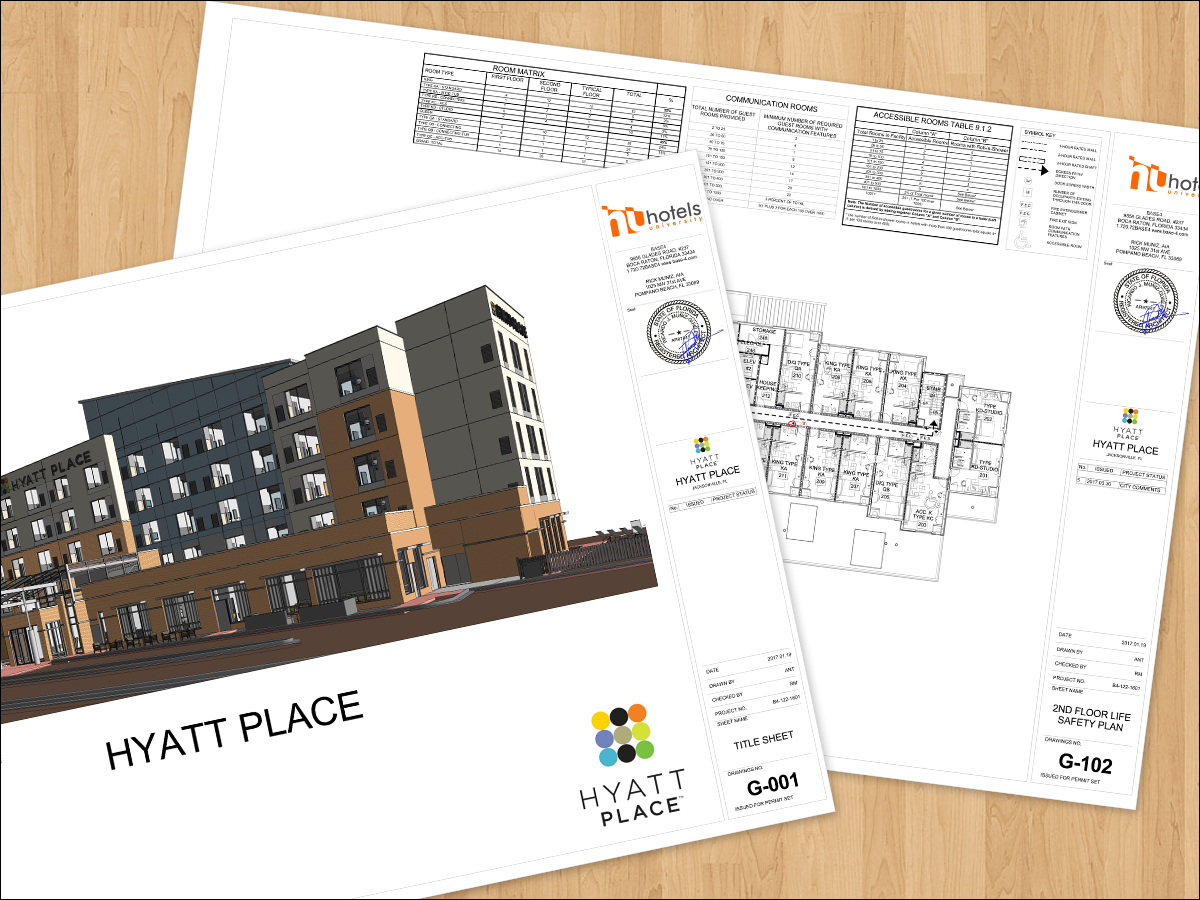
5. I’ve designed a project traditionally framed. Do I need to redesign it if I choose to go modular?
Yes. Modular projects have double demising walls which will typically increase the thickness between every room bay, thus increasing the overall footprint. Also, modular units will be limited on the bay width, MEP configuration, and floor-to-floor heights, so these items must all be redesigned as well. If you are considering a modular project, you should make this decision early on to avoid lost time in redesign that may wipe away any time saved by the modular model.
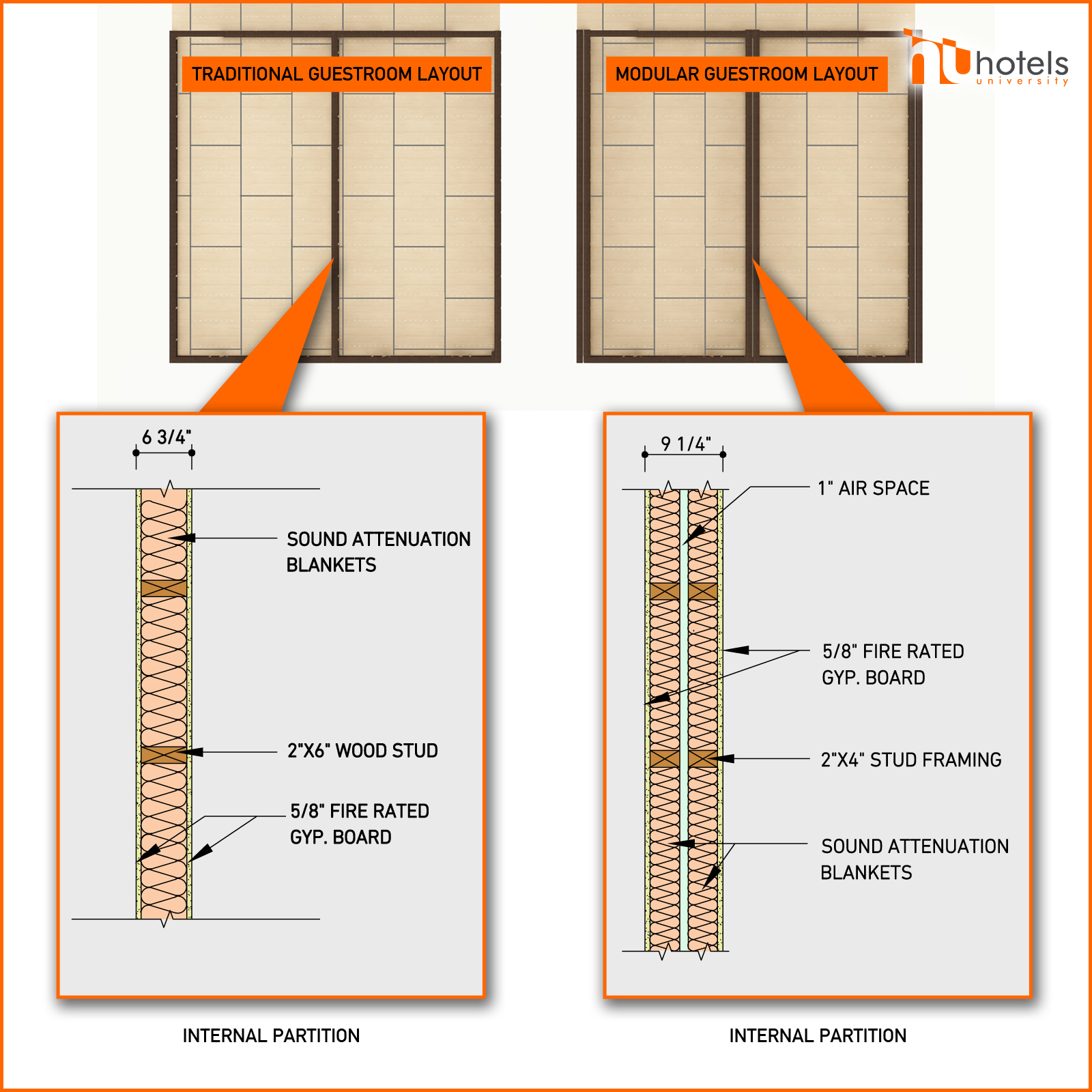
6. What is the cost of modular units?
This will vary greatly depending on your location and desired flag. Right now, modular construction is, for the most part, cost neutral with traditionally wood framed podium construction. We encourage you to reach out to the modular manufacturers early on as they can provide you with general budgeting numbers based on your specific project.
7. Does my financing structure need to change for a modular project?
In contrast to typical construction, 60-70% of your entire construction cost is needed up front to purchase the modules. This is much different than a traditional construction loan draw and many lenders will need to be educated on this process. We encourage you to reach out to your lender early if you are considering going down this route so they have time to get educated on how this will change the lending terms.
8. How can modular construction reduce my construction schedule?
Modular units can be produced at the same time as the foundation and podium work is taking place at the site. As a result, modular construction can typically reduce build-time for a standard 4-5 story 100 key hotel by 3-6 months when compared to traditional construction methods. With that said, this can vary greatly depending on the specific project program and site conditions.
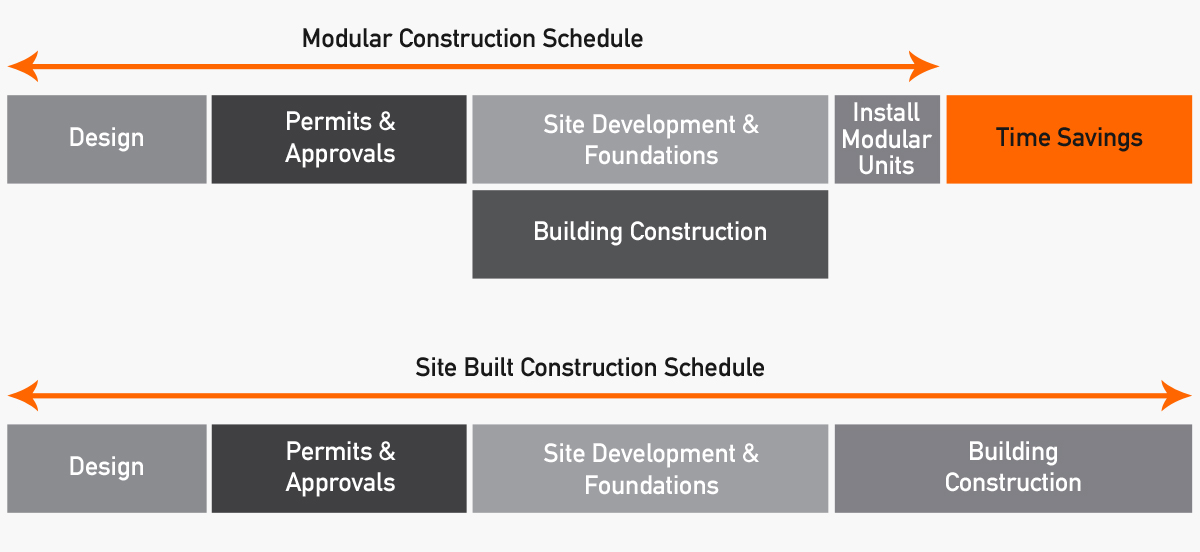
9. Where do I ship my FF&E for a modular project?
All FF&E must be delivered before the modular factory starts unit production. FF&E deliveries can take significant time, so this step may hamper the project schedule if proper planning is not in place.
10. What does a standard full modular unit look like?
A standard unit includes two guestrooms separated by a corridor. Each module unit’s MEP connections are made through the corridor. At this stage guestrooms including paint and finishes are complete, but the corridor is left unfinished with plywood flooring and open stud walls. Other configurations, including single hotel bays, can be fabricated as well. Usually, modular manufacturers can design and equip individual modules with all necessary items, including everything down to the bed mattress.
11. What are the limitations of modular?
Modular units have a strict limitation of size. Due to shipping constraints, each unit cannot be more than 14 to 16 feet wide, 60 to 75 feet long, and 11-feet high. Meanwhile, you must consider that many brands have wider bay sizes that modular cannot accommodate. In this case modular units will not be a good fit for your project.
12. How far can modular companies ship from their plant to my site?
Most modular building units are shipped from within a 500-mile radius of the construction site although shipping distance is determined by the complexity of the project. Some manufacturers will go further than this when it makes sense for the project.
13. What do modular units look like when they arrive at the site?
Delivered module units are assembled as large volumetric components, wrapped in plastic for temporary protection from inclement weather and damage. They are shipped to the site via truck and arrive looking like the picture below.
14. What work needs to be done once the modular units arrive on site?
Arrived modular units are lifted by a crane and set on the already constructed first floor podium. Then the final installation of electrical, plumbing, mechanical, and structural connections occur in the corridor. At this stage of construction, every guestroom is locked and on site staff are not allowed in the rooms to avoid damage.
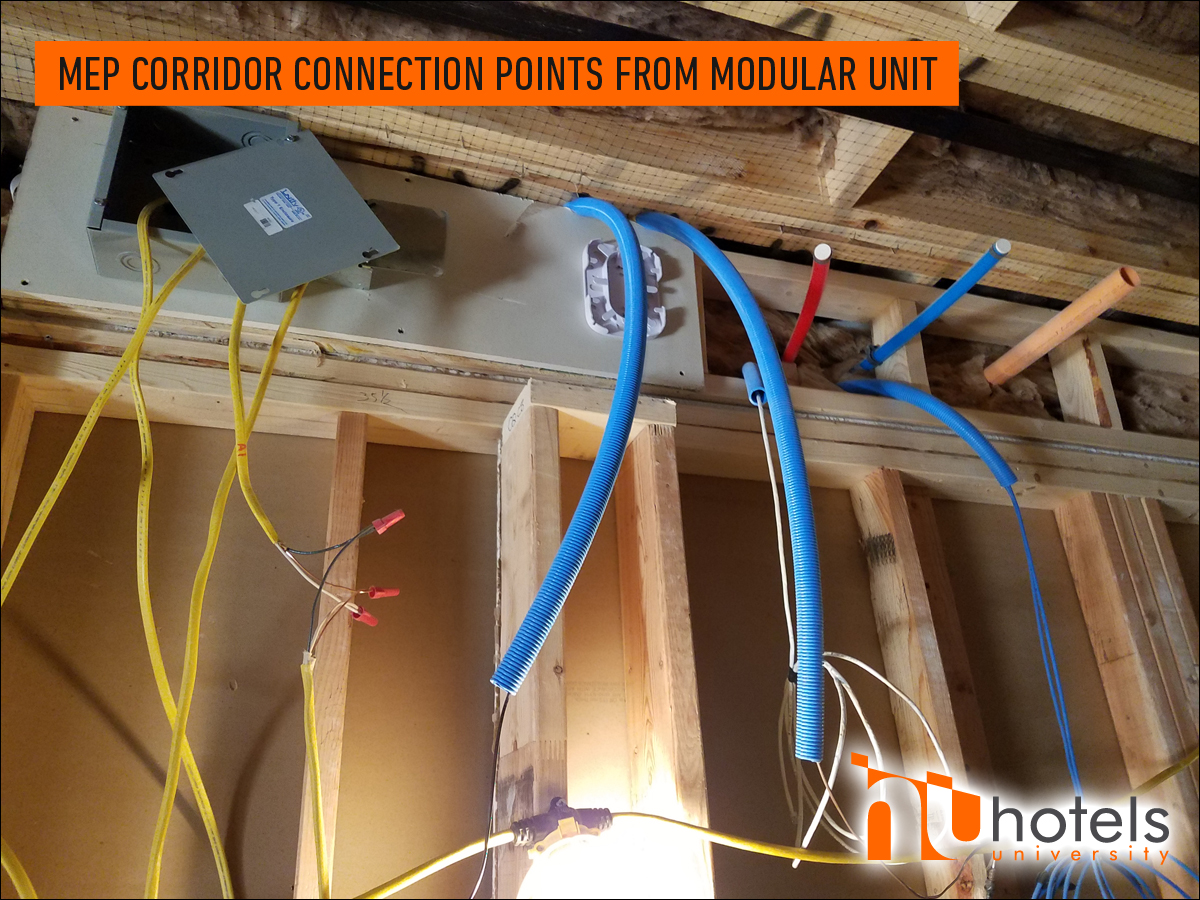
15. Can I place modular units directly on a ground floor slab?
Typically, modular units are placed on a traditionally framed ground floor steel or concrete podium structure and start at the second floor rather than directly on a ground floor slab. This allows access to the bottom of the modular units after they are set.
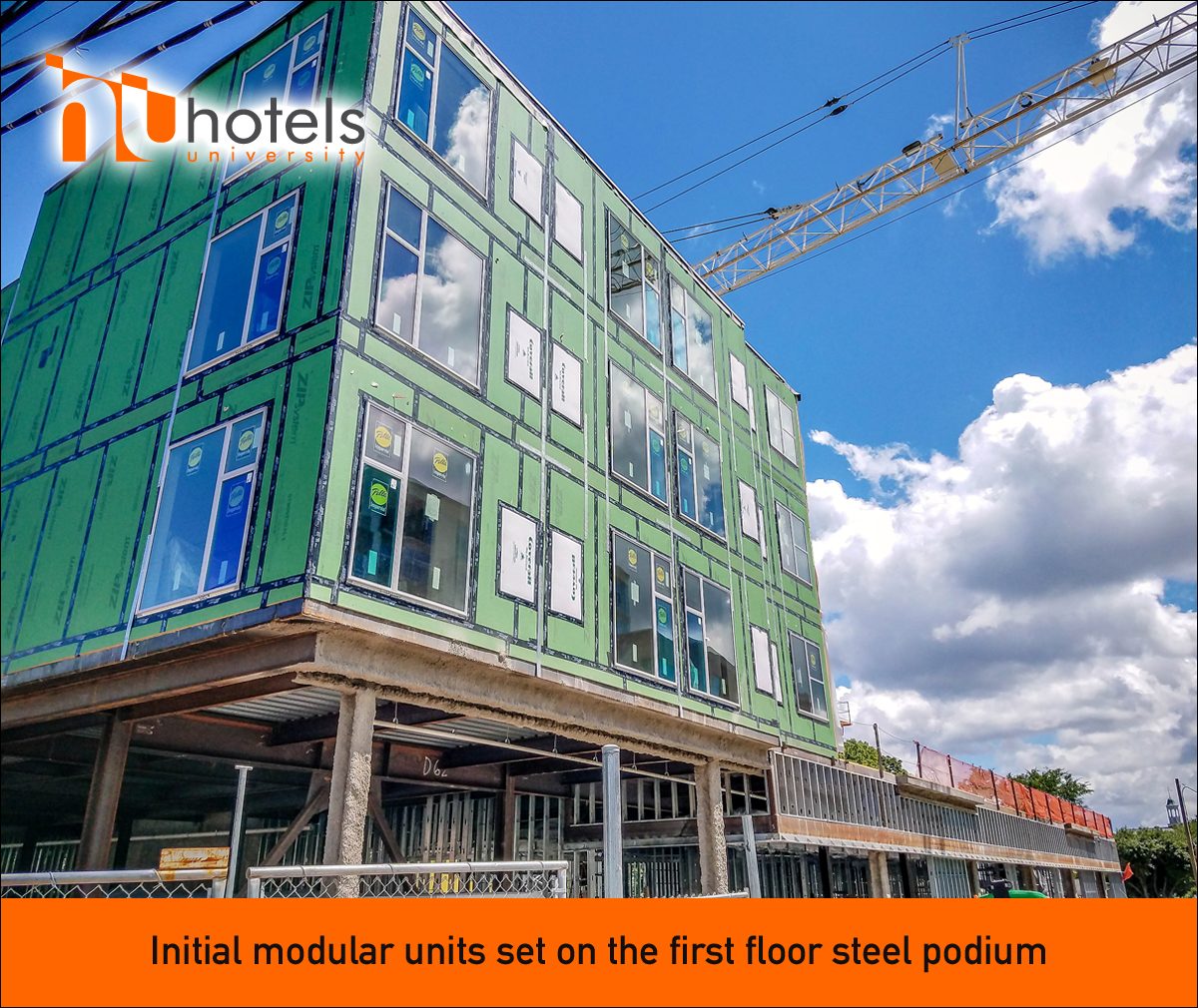
16. How many modular units can I set in a day?
This is highly project- and weather- dependent. Ideally, modular companies will like to set 12 units per day on a 4 story project if possible. Bear in mind that modules must be set in multiples of the number of stories of modular units. (i.e.: With a 4 story project – they will set 4, 8, or 12 units per day). This is to avoid leaving a non-roof module exposed to the elements.
17. What type of quality of finishes should I expect from a modular project?
Modules are produced in a controlled environment by specialized members in a specific trade. Each person on the assembly line consistently delivers high-quality products in accordance with developed standards. As I mentioned above, only corridors are delivered incomplete and must be finalized at the project site. As a result, after finishing connection and corridor interior works, modules have a higher level of precision and consistency than you will see with a traditionally built project.
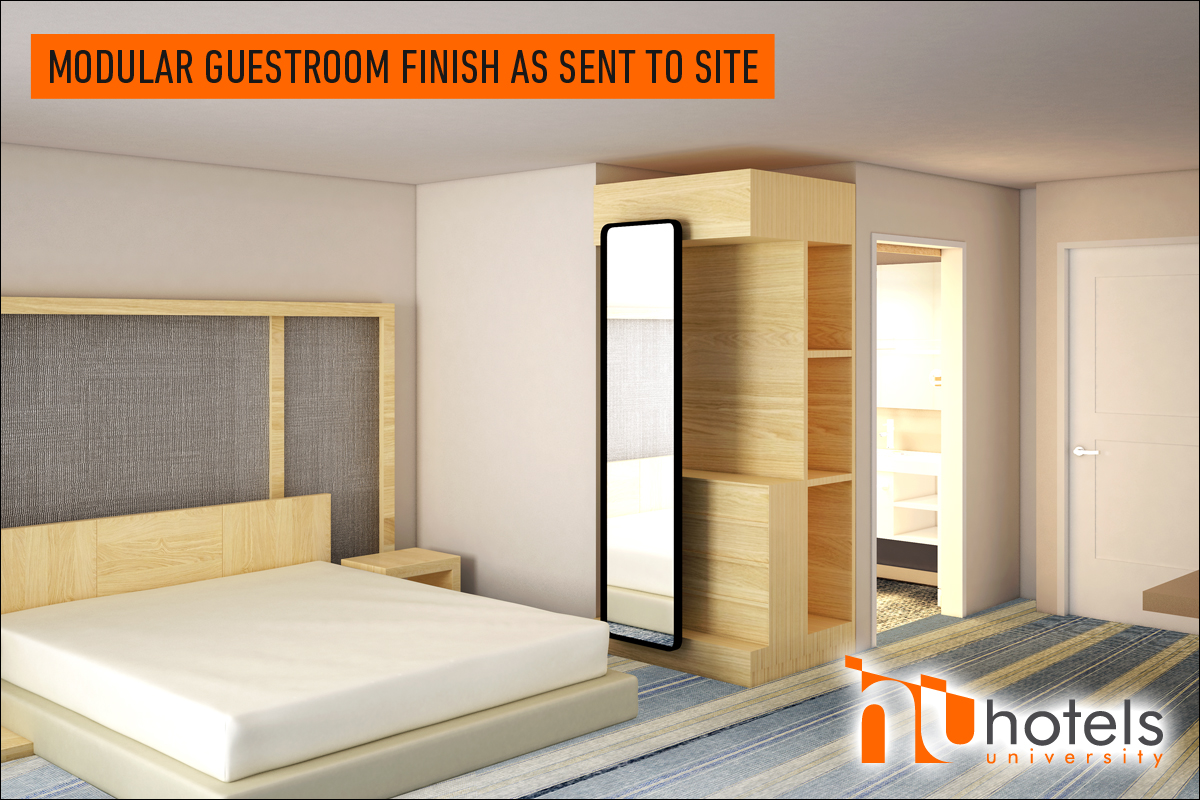
18. How are local inspections handled since the unit is built and dry walled offsite?
The modular approach reduces the number of local inspections from a traditional project. Inspections for the modular units must be completed within the factory as when they are delivered to the site they no longer have visual access for inspectors. Most modular companies will handle this as part of their fabrication contract and will have the modular units stamped for the specific state approval to which they are being delivered. Once a modular unit arrives on site, local inspectors have no jurisdiction over the actual units themselves. However, local inspectors will still be responsible for many aspects of a project (e.g. ground floor areas, guestroom corridors, etc.). Educating local inspectors to the fact that they don’t have jurisdiction over the guestrooms can be a delicate issue.
I hope this newsletter will guide you through aspects of modular construction. If you have specific questions for your project that I did not include in this, email please contact me at BlairH@base-4.com and I would be more than happy to assist and provide additional information.



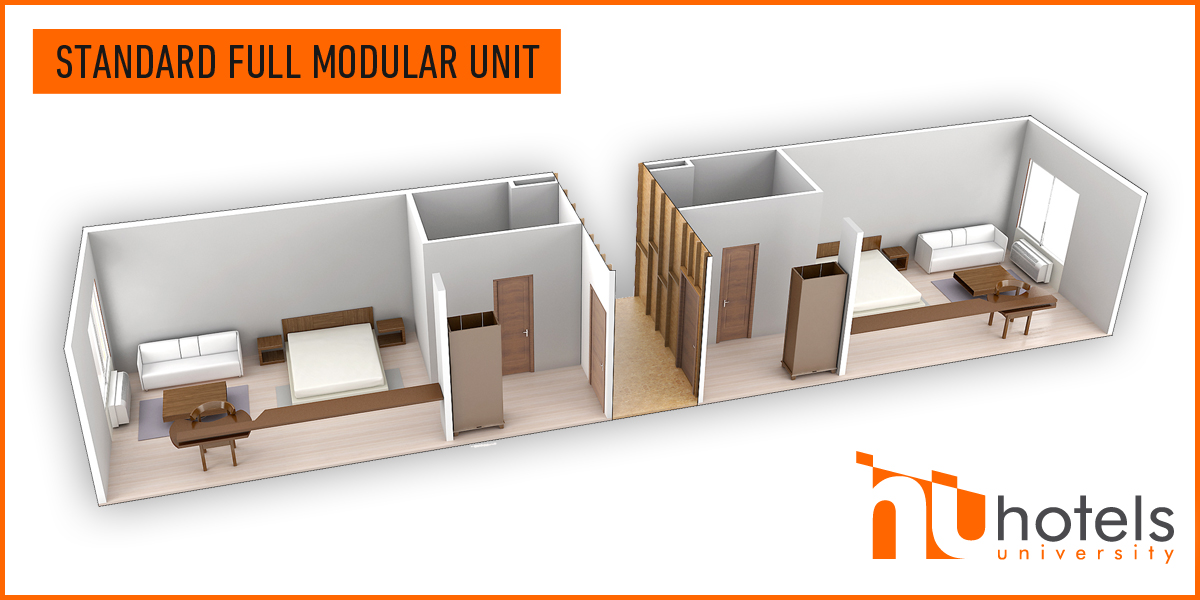
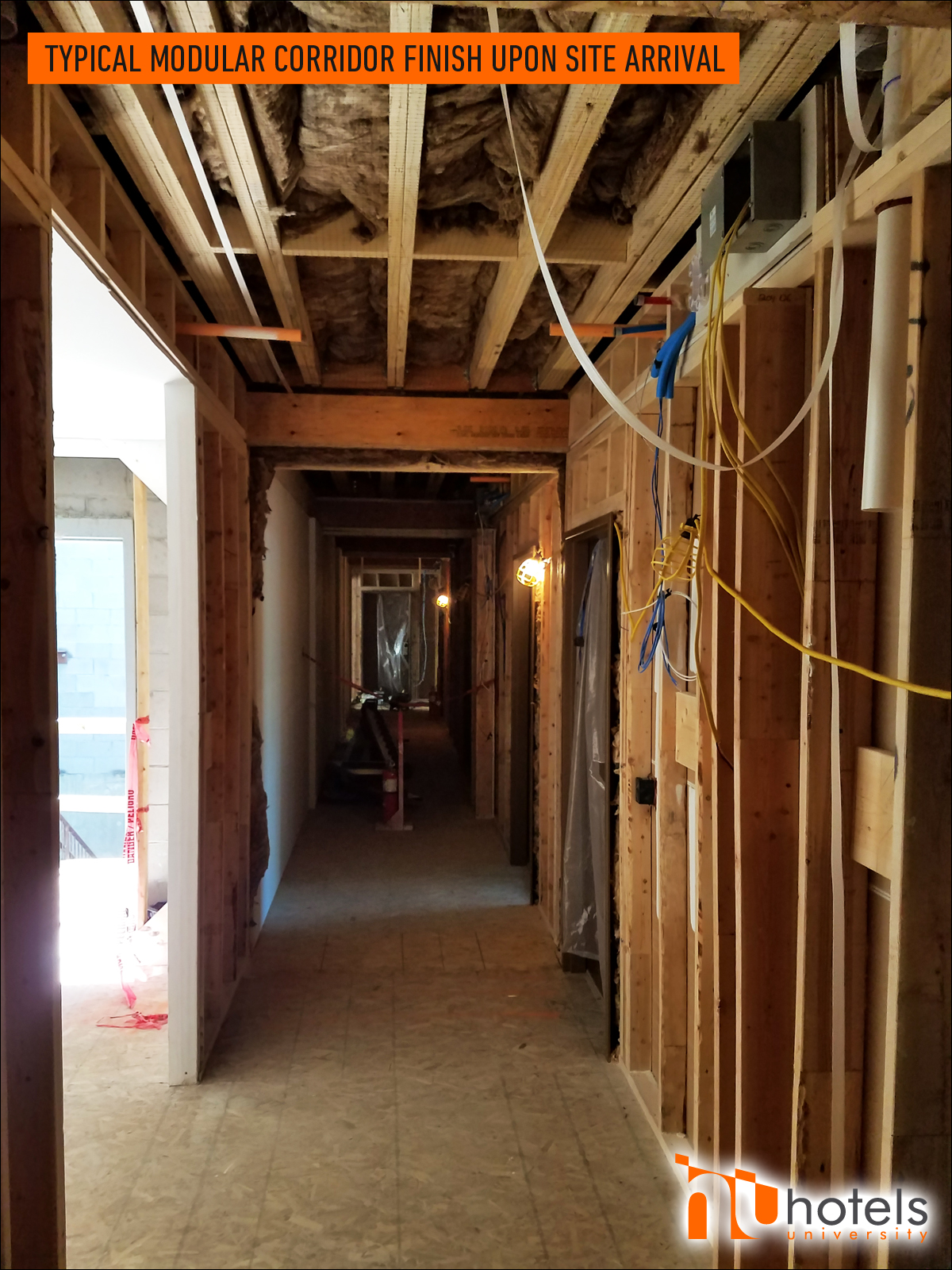
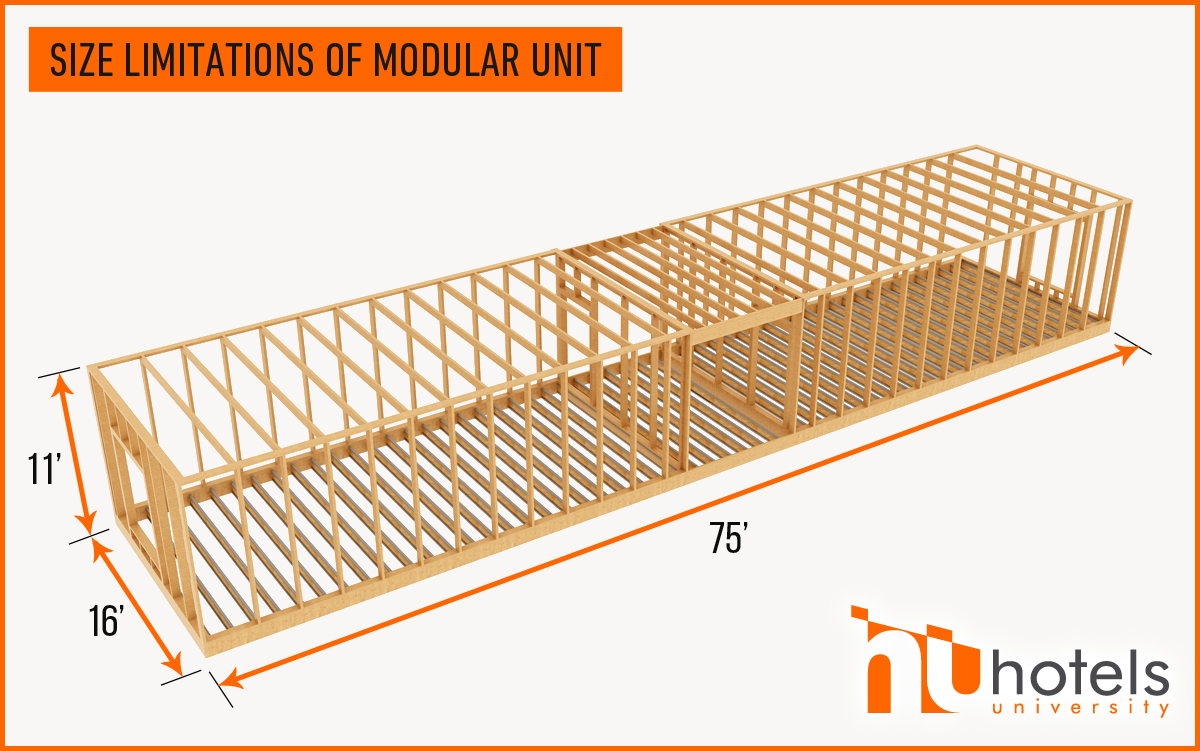
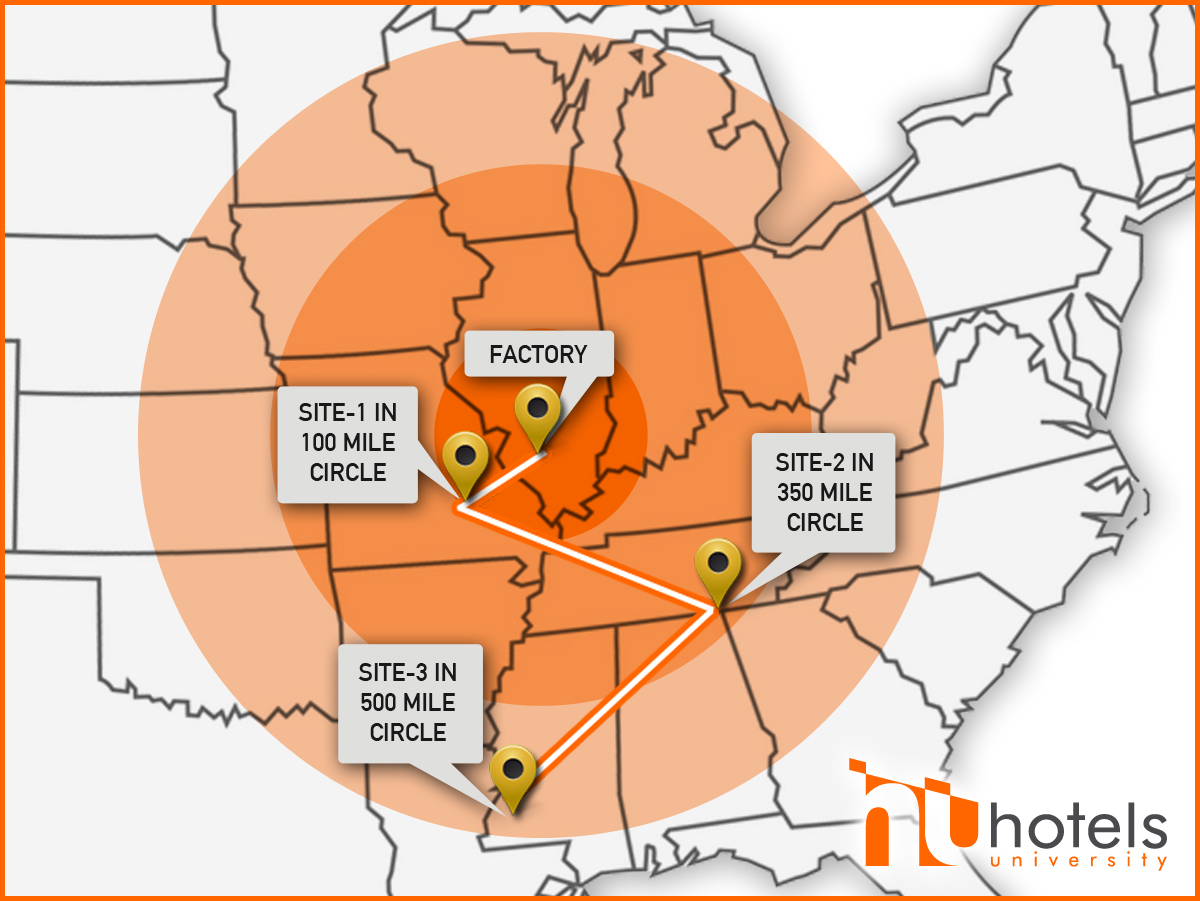
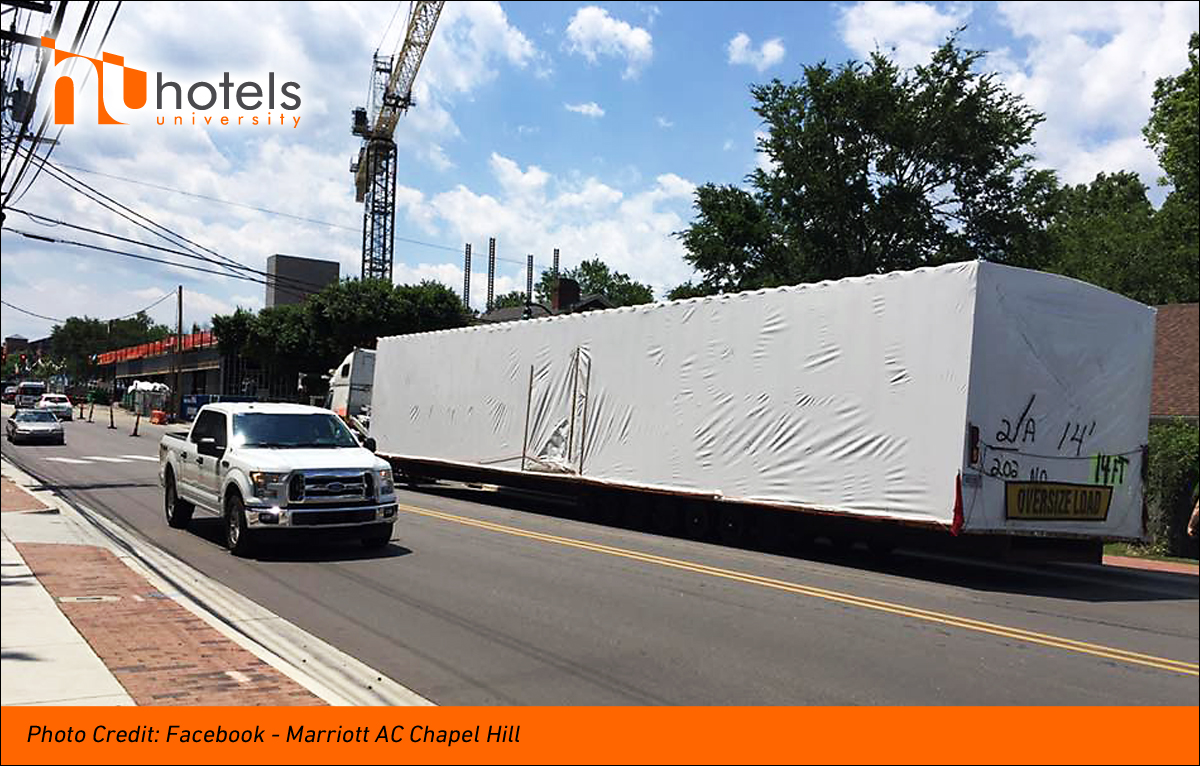
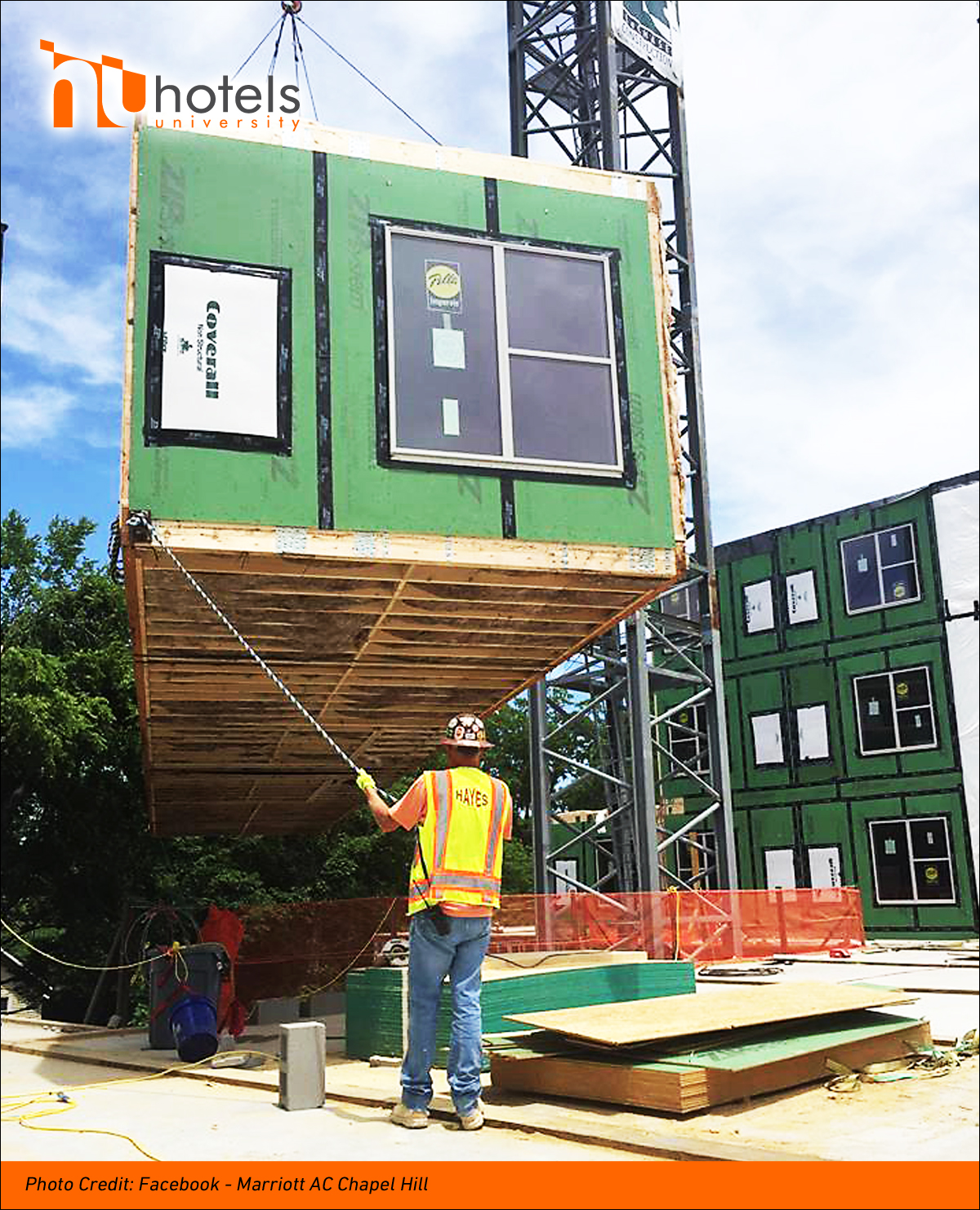
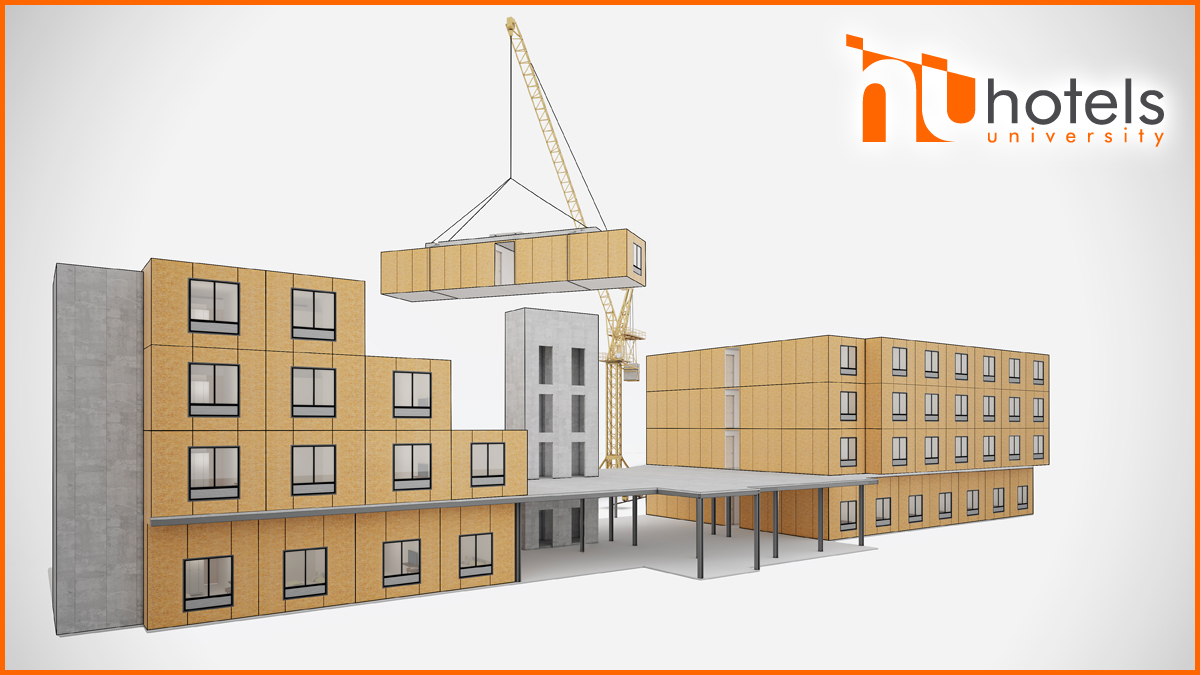
Leave A Comment